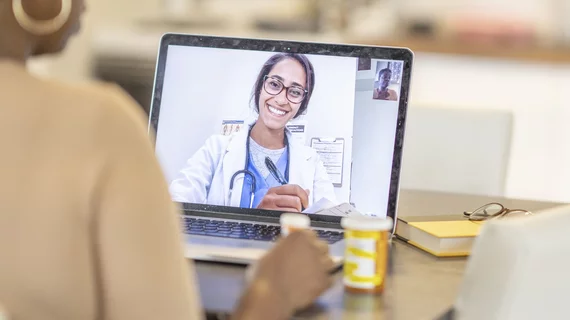Primary care visits conducted via video or the phone result in fewer imaging orders, according to new research published Tuesday in JAMA Network Open.
Telehealth use has exploded over the past few years amid the COVID-19 pandemic as patients seek to stay home and limit exposure to the virus. Previous research has shown that direct-to-consumer virtual primary care offerings may result in overprescribing and other differences in follow-up care.
Kaiser Permanente researchers aimed to explore this concern at the Oakland, California-based institution using pre-pandemic data from more than 1.1 million patients. They found that primary care docs ordered imaging or lab tests in about 59% of office visits compared to 29% of video encounters and 27% of appointments handled over the phone.
The study did not assess why the variances occurred, but authors speculate that sicker patients may seek in-person primary care.
“It is possible that these differences in treatment might be driven by the types or seriousness of concerns that patients chose for each visit type, or by the degree to which physicians could assess the patient in each visit type,” Mary Reed, DrPH, a Kaiser Permanente research scientist, said in a statement. “We need to explore these details further in future research.”
Reed and colleagues analyzed data from all completed primary care appointments booked at KP in Northern California between 2016 to mid-2018. All told, the study included nearly 2.2 million appointments. Along with imaging orders, video (39%) and telephone visits (35%) resulted in fewer medications prescribed compared to office-based encounters (52%). About 25% of video visits had a follow-up within the next week, with similar numbers for telephone (26%) and in-person encounters (24.5%). Meanwhile, there was no notable difference between the three for emergency department visits or hospitalizations.
Those involved believe their work underlines the usefulness of telemedicine during the pandemic and beyond.
“In contrast to prior studies of direct-to-consumer telemedicine, we did not find evidence of over-ordering or over-prescribing among patients using telemedicine to visit their own primary care doctors,” Reed et al. wrote. “Video or telephone visits may be a convenient and safe way for patients to address some primary care needs without generating a substantial number of follow-up office visits or experiencing health events.”

